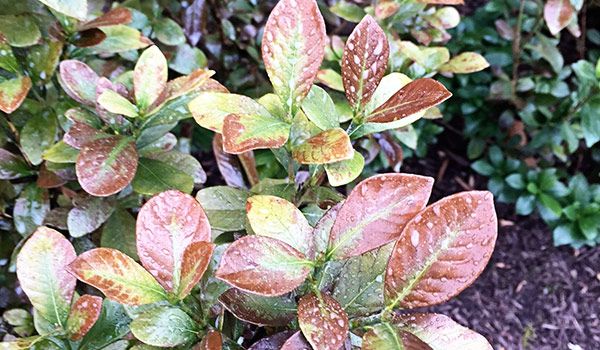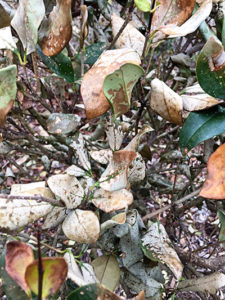Protecting Your Garden from Cold Weather
Cold weather can be a silent enemy to your garden, often causing unseen damage to plants, trees, and shrubs. Many gardeners overlook this issue, only to find signs of harm in the spring. Wilting leaves and a sparse canopy might surprise you in an otherwise lush season, and you may notice defoliation weeks after a brief cold spell. The root cause? Water management within the plant.
Understanding Plant Injury in Cold Weather
As winter approaches, plants typically adjust by reducing their internal water content. However, sudden temperature drops – known as cold snaps – can catch plants off-guard. Unable to adapt quickly enough, ice forms within the plant, drawing out water and damaging cell structures. This process hinders the plant's ability to transport nutrients and water, leading to visible injury.


Spotting the Signs: From Roots to Leaves
Winter injury can manifest in various forms - discolored feeder roots, leaves with 'tip burn', and more. Yet, the good news is that most damage isn't permanent. By understanding and identifying these signs, you can take proactive steps to safeguard your garden.
Proactive Measures for a Healthier Garden
- Regular Health Checks: Keep an eye on your plants for any signs of pests or diseases.
- Choose Hardy Species: Opt for plant varieties that thrive in your climate zone (7a-7b for Central Virginia), reducing the risk of winter injury.
- Cultivate Strong Defenses: A general rule for garden health is maintaining strong, resilient plants through good cultural practices.
Expert Protection with our Tree and Shrub Care Program
While the cold can be challenging, it doesn't have to spell disaster for your garden. Our specialized Tree and Shrub Care Program is designed to fortify your garden against the harsh realities of winter. We combine science-backed strategies with expert knowledge to ensure your green spaces remain vibrant and healthy, no matter the weather.
